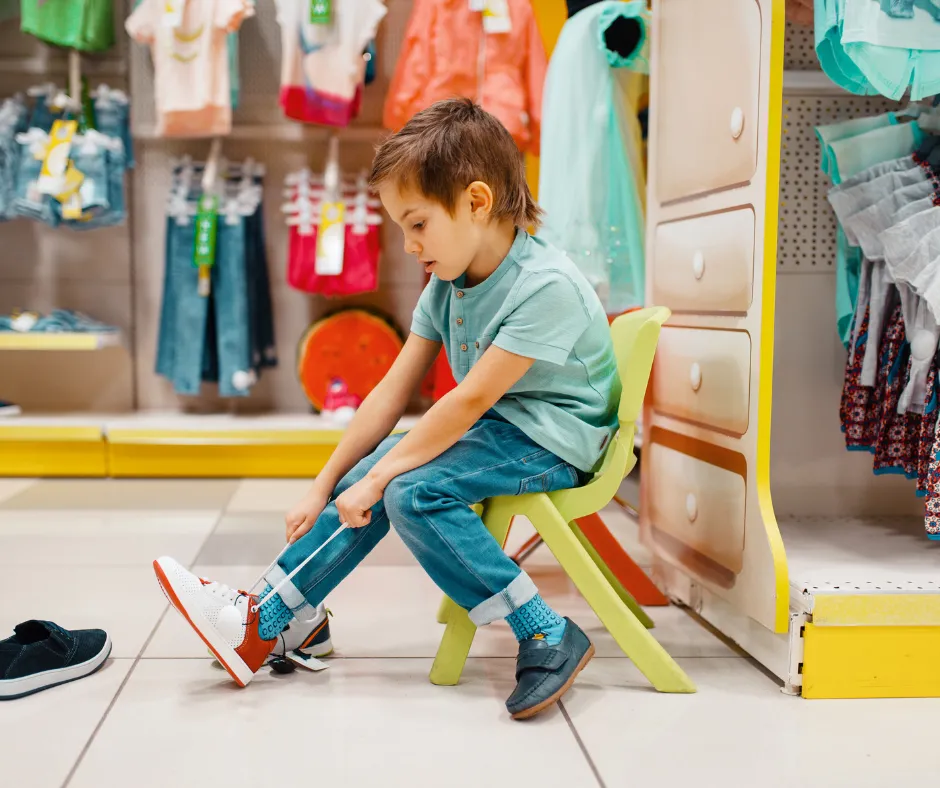How Reverse Psychology Unlocks Your Toddler’s Best Behavior
Parenting toddlers is one of the greatest challenges you’ll ever face. These tiny humans are full of curiosity, determination, and yes, defiance. But what if I told you there’s a simple, natural way to navigate their behavior without yelling, bribing, or giving in?
It’s a concept you’ve likely heard of—reverse psychology. While it might seem like a modern idea, reverse psychology aligns beautifully with the principles I teach in The Toddler Code™, rooted in human nature and evolutionary parenting. Today, I’ll explain why it works, how it can bring peace to your parenting, and why it’s not only ethical but also deeply respectful of your child’s needs.
Why Reverse Psychology Works with Toddlers
Reverse psychology works because it taps into your child’s natural developmental needs: the desire to feel independent, to grow, and to belong.
When you present something in a way that makes it seem like their idea, you avoid the power struggles that often arise when toddlers feel like they’re being forced into something.
Let’s break it down:

1. Toddlers Love Making Choices
Toddlers are fiercely independent. They are learning about themselves and their place in the world, and much of that involves testing boundaries. This is why they often say “no,” even when they mean “yes.” Reverse psychology allows you to respect their independence while guiding them toward the right choice.
For example, instead of saying, “Eat your carrots,” you might say, “These carrots are so good, but you’re probably not ready to try them yet.” Eating carrots suddenly becomes their decision, not yours—and that changes everything.
2. They Crave Growth and Responsibility
Toddlers want to grow and feel capable. They’re constantly watching adults and older children, trying to figure out what it means to be “big.” By framing tasks or behaviors as something for “big kids,” you can motivate them to rise to the occasion.
Example: “Carrying this bag of groceries is a big job. Maybe you’ll be ready to help next time when you’re a little older.” Watch how quickly they jump at the chance to prove they’re ready!
3. It Builds a “Team Family” Dynamic
When you use reverse psychology effectively, you remove the conflict and bring your child onto your team. I talk a lot about creating a “Team Family” atmosphere, where everyone works together toward shared goals. Reverse psychology shifts the dynamic from “you vs. them” to “we’re in this together.”
But is it ethical? Some parents worry that using reverse psychology might feel manipulative or disrespectful. Let me put your mind at ease: Reverse psychology, when used with respect and intention, is not manipulation—it’s guidance.
Your child is looking to you to be their leader. They crave your confidence, clarity, and authority. When you use reverse psychology, you’re not tricking them; you’re meeting them where they are developmentally and guiding them in a way that feels natural and empowering.
Think of it this way: You know carrots are healthy for your child. You’re not forcing them to eat carrots for your convenience—you’re guiding them toward a behavior that’s genuinely in their best interest. By making it their idea, you’re preserving their autonomy while helping them make good choices.
How to Use Reverse Psychology in Real Life
Let’s look at how this works in practice with a couple of real-life examples.
Example 1: The Case of the Casserole
One of my clients had a two-year-old who refused to eat casseroles. She loved making one-pot meals but found herself stuck when her son refused to eat them.
Here’s how we used reverse psychology:
1. The parents served themselves the casserole and began eating enthusiastically.
2. They talked to each other (not the toddler) about how delicious it was: “This is so good! I can’t wait to have more.”
3. They gave their son his usual meal without offering the casserole.
When the toddler showed interest, they said, “Oh, I don’t know if you’re big enough for casserole yet. Maybe next time.” Suddenly, the casserole became the most desirable thing on the table. Within days, the toddler was happily eating casseroles.
What Makes Reverse Psychology So Powerful?
The beauty of reverse psychology is that it’s not about forcing your will on your child. It’s about understanding their natural tendencies and working with them, not against them.
Here’s what it achieves:
-Less resistance: By making it their idea, you sidestep power struggles.
-More cooperation: Your child feels empowered and included.
-Stronger connection: You build trust and a sense of teamwork.
-Increase their skills and maturity: By tapping into their natural desire to be older and more capable.
The Toddler Code™ Perspective on Reverse Psychology
In The Toddler Code™, we focus on parenting strategies that align with human nature and evolutionary principles. Reverse psychology fits perfectly into this framework because it respects your child’s autonomy while maintaining your natural authority as a parent.
Toddlers are not “tiny tyrants”, though it might feel that way at times. They’re learning, exploring, and figuring out how to navigate the world. By using techniques like reverse psychology, you can guide them gently and effectively, avoiding unnecessary conflict and fostering a deeper bond.

Your Toddler Code™ Takeaway
Reverse psychology isn’t about manipulation—it’s about leadership. It’s a way to guide your child toward positive behaviors while respecting their independence and nurturing their growth.
If you’re tired of constant power struggles, tantrums, and feeling like you’re always at odds with your toddler, it’s time to try something new. Reverse psychology is just one of the many tools I teach in The Toddler Code™ to help parents create harmony, connection, and cooperation at home.
Imagine a family dynamic where your child eagerly eats their vegetables, helps with chores, and works with you instead of against you. That’s what’s possible when you embrace these strategies.
Are you ready to take the next step? Book a free call with me today, and let’s unlock your toddler’s best behavior—together.